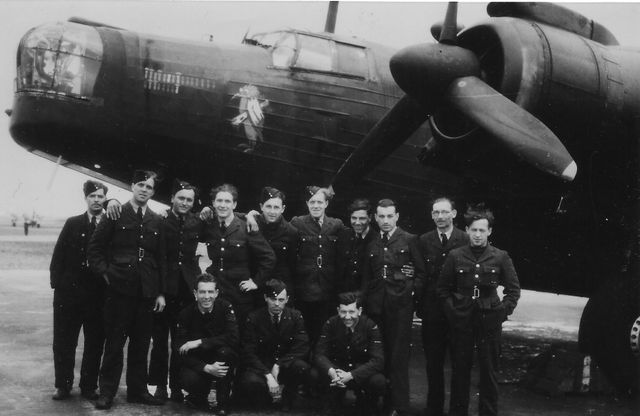The Wadden area was very much a front line during WWII. From the summer of 1940 on, the German occupiers turned the area into their most forward defence line against the strategic allied bombing offensive on Germany. There were also important convoy routes north of the Wadden islands for transporting Scandinavian iron ore to Rotterdam. This raw material was of vital importance to the German war industry.
Between 1940 and 1945, a fierce battle was fought in the Wadden area for dominance at sea and in the air. At first glance, traces of this battle have all but disappeared. Most of the exploded wreckages of hundreds of aeroplanes shot down and dozens of sunken ships lie at the bottom of the North Sea or have been swallowed by the mudflats of the Wadden. This invisible history has almost become forgotten history. Various bunker complexes in the Wadden area, such as the Tigerstelling on Terschelling, are tangible memories of these battles.
For many people, these bunkers are an exciting adventure but they are, in truth, the remains of a war machine with just one goal: to kill as many people as possible. The graveyards of drowning victims on the islands and along the coast, where hundreds of allied fighters who were washed ashore are buried, are silent witnesses to this. The graves give the war a tranquil yet personal face. Just read the names and ages on the tombstones. The youngest were only 18 years old and the oldest barely older than 25.


Convoy strikes and Gardeners in the Wadden
The battle for the German maritime convoy routes
Read more →